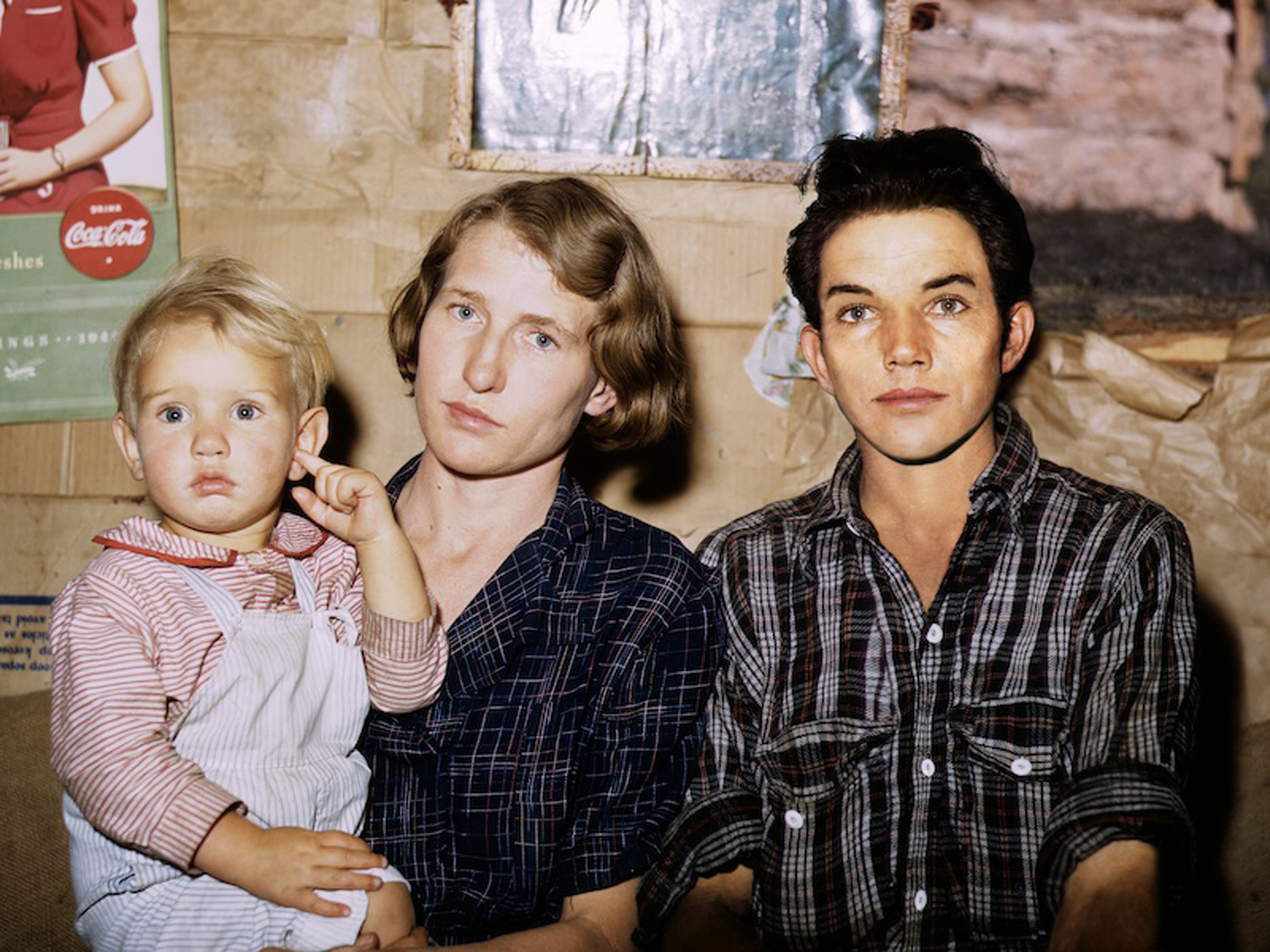
Using digital manipulation, Brooklyn-based artist Debbie Grossman takes Russell Lee’s photographs of rural homesteaders in New Mexico, taken for the Farm Security Administration in 1940, and creates her own utopian village, My Pie Town.
The artist came upon the project after reading Joan Myers’ Pie Town Woman, the story of Doris Caudill, a woman heavily documented by Lee. Left with the sense that Doris’s husband, Faro, had been more of a burden than anything else to his wife, Grossman took Lee’s portrait of the couple and erased him from the photo. Taking a look at Doris on her own, Grossman became intrigued. “What if,” wondered the artist, “the whole town was filled with women?” For the next year, Grossman worked on her own fantasy version of the town.
In an interview with TIME, the artist discusses how she pushed the envelope with Russell Lee’s images:
What do you love most about this project?
I like that viewers can look at the images and see a world that appears real, but that didn’t actually exist. More specifically, I like that viewers can see a very contemporary kind of family—two married women with kids, for example—as if it has a precedent in the past, and as if it were part of the American historical archive.
You seem to enjoy blurring the lines of reality and fantasy. Why?
Some things can only happen in fantasy, or with imagination. One thing I love about Photoshop is that allows me to create something imaginary that seems real, so you could, at least for a second, even if you knew something was fake, experience looking at it as if it were the real thing.
How would you respond to traditionalists who don’t believe in altering photos beyond what it originally stands for?
I do think it’s funny when so-called “traditionalists” don’t realize that manipulation and compositing photographs for the sake of art has been a part of photography since the invention of the medium. I can see why, though, some viewers might be more upset by a project like this, which takes documentary images from the American archive and changes them. And that’s why I like to be very clear that, yes, these are pictures I have changed to create my own fantasy of the past. Viewers don’t have to share my fantasy.
Why Russell Lee?
I just loved the pictures of Pie Town. And I think he had a really large number of pictures of very strong-looking women, which I liked very much.
If Lee were alive today, how do you think he would react to your project?
I have no idea! I’ve read as much biographical information as I could find, but I don’t really have a sense of whether he would think it was fun or funny or absurd or horrible. But he was originally a chemist and very interested in photographic technology, so I do think he would have been extremely interested in the digital process and in Photoshop.
Can you describe how you made the images?
[These] images were all made in more or less the same with—with slow and painstaking transformations in Photoshop. To turn a man’s face into a woman’s, I needed to change the scale of the features, the bone structure, and the texture of the skin. Figuring out how to remove stubble was a challenge, as was trying to reshape the jawline. I would often have to go back in and add shading as well. To change a body, I’d have to re-mold the pixels to make the shape of a woman. It just took days and days to do it. I’d often come back to a picture realizing that I hadn’t gone far enough.
Debbie Grossman‘s series, My Pie Town is on display at the Julie Saul Gallery until May 21, 2011.
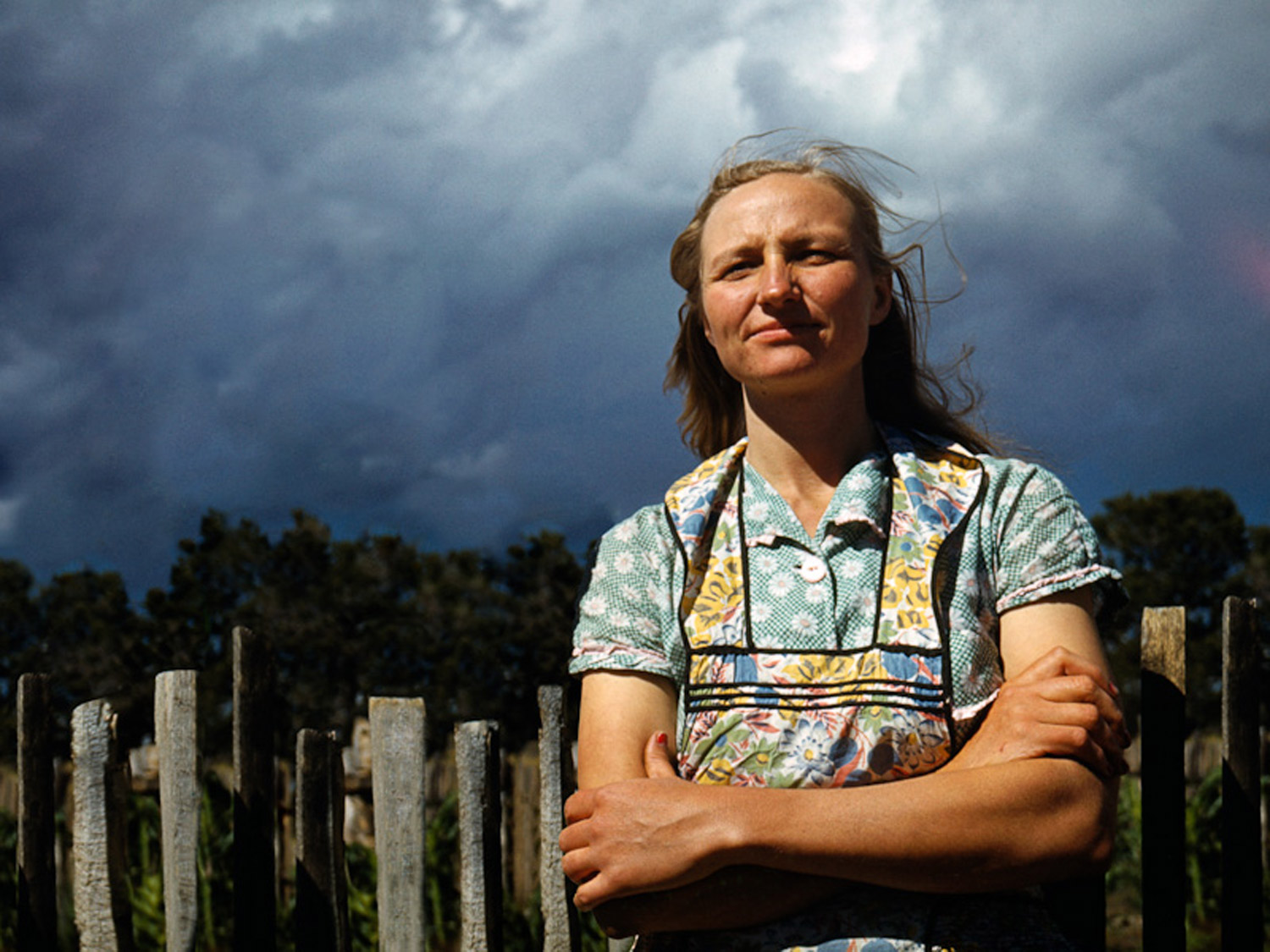

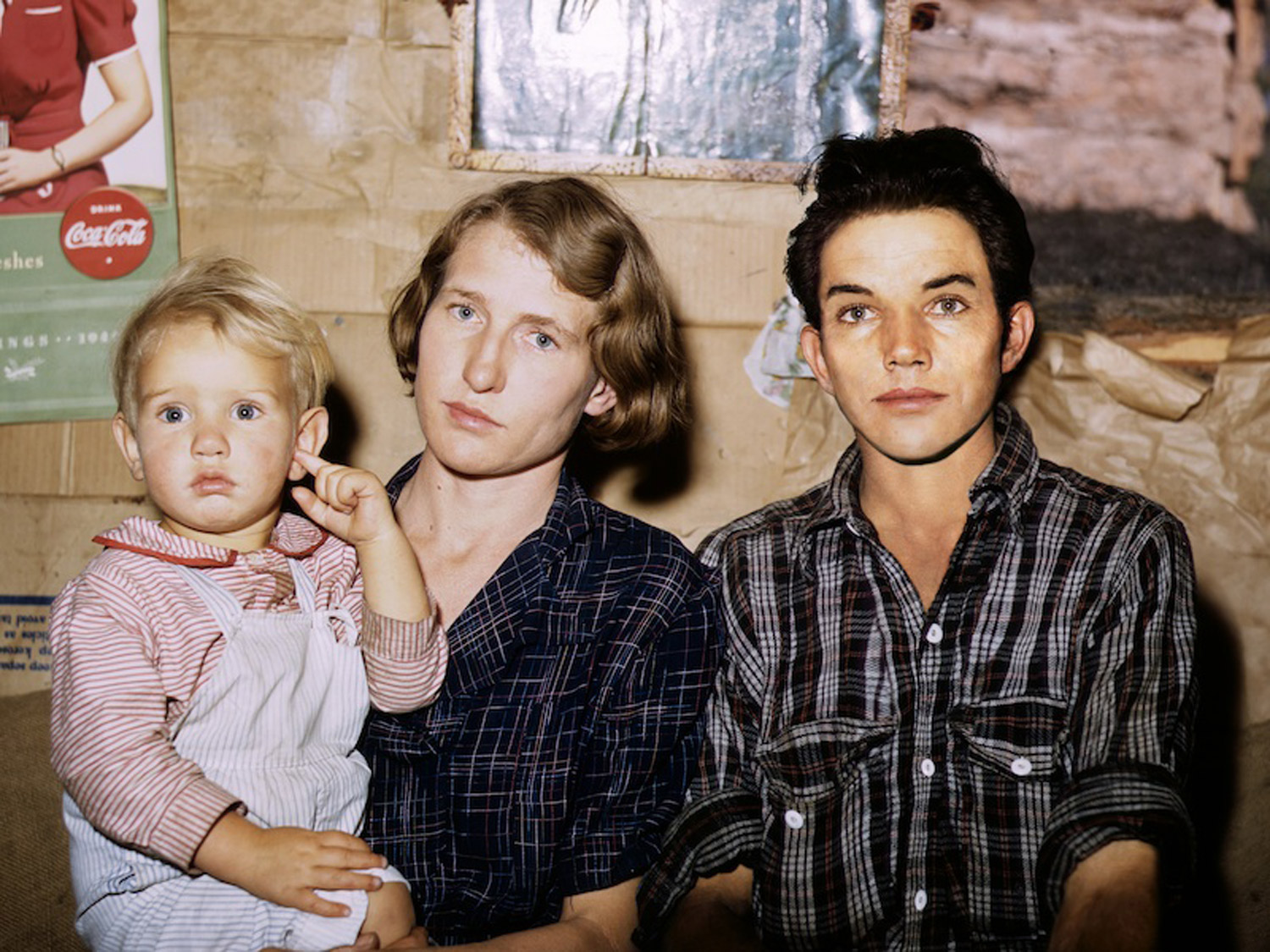





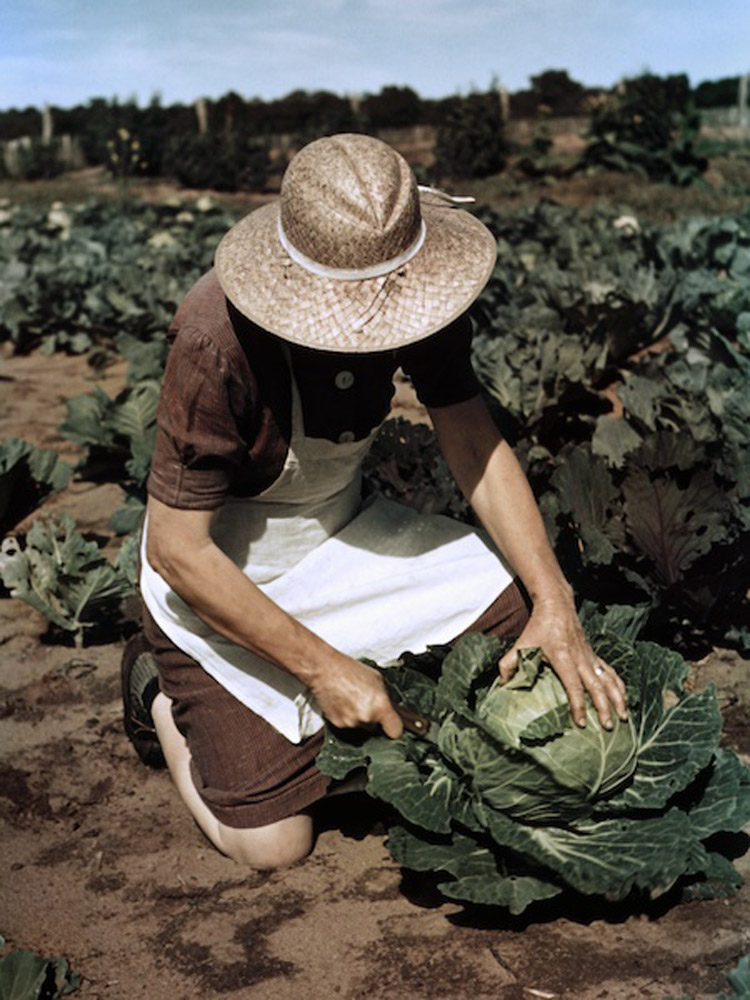
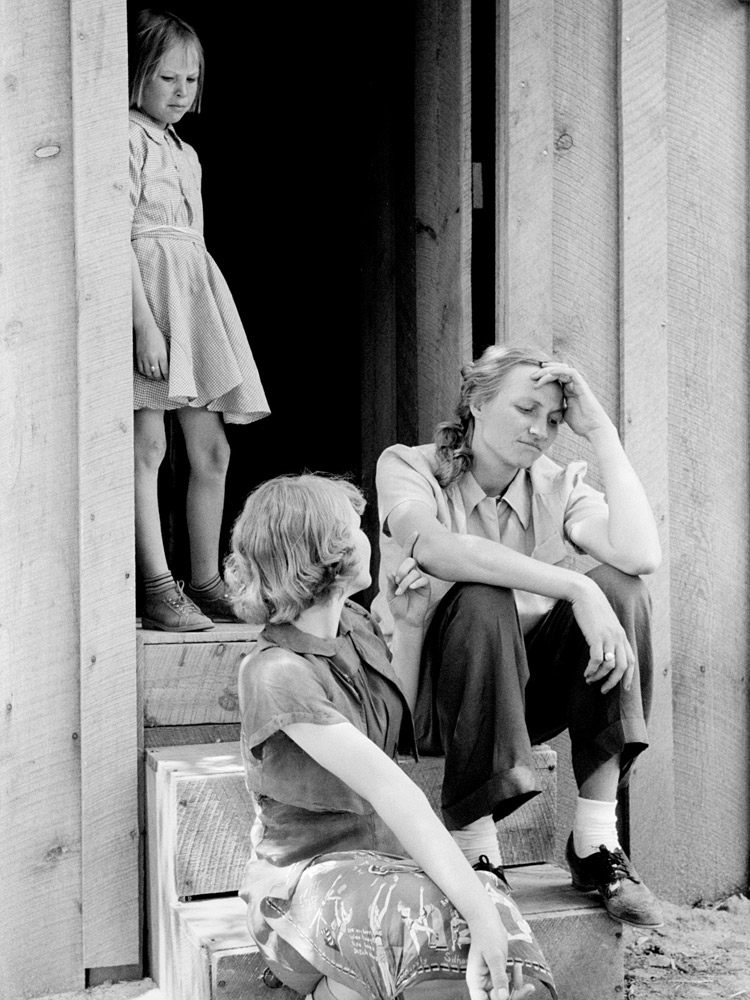
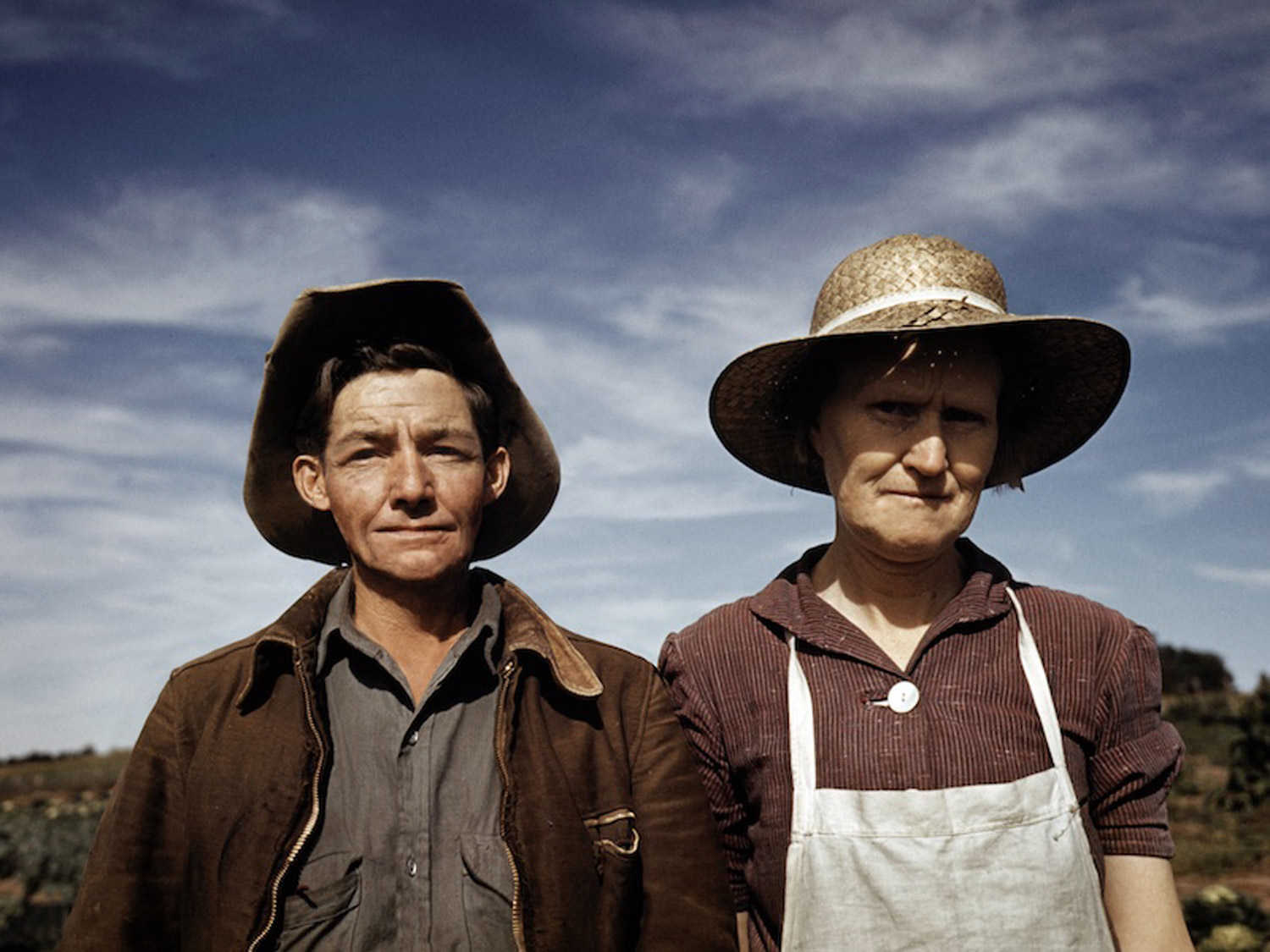
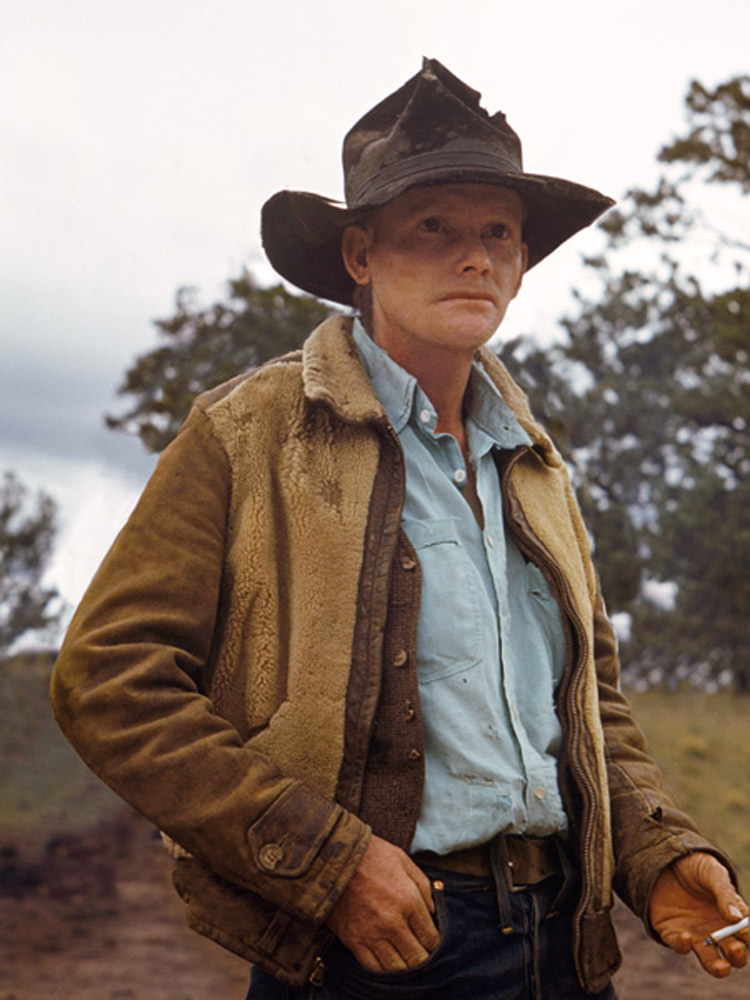

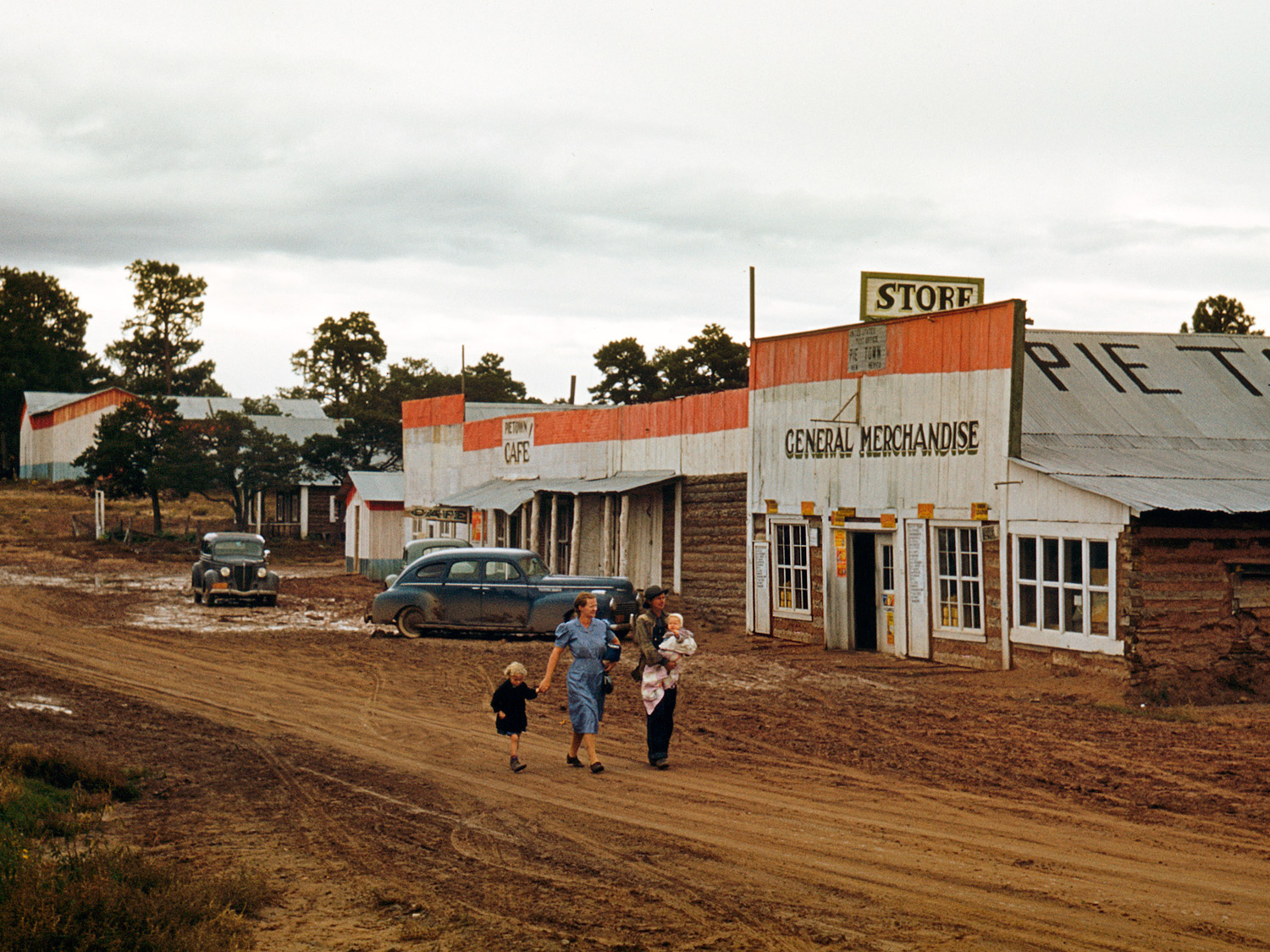

More Must-Reads from TIME
- Inside Elon Musk’s War on Washington
- Meet the 2025 Women of the Year
- Why Do More Young Adults Have Cancer?
- Colman Domingo Leads With Radical Love
- 11 New Books to Read in Februar
- How to Get Better at Doing Things Alone
- Cecily Strong on Goober the Clown
- Column: The Rise of America’s Broligarchy
Contact us at letters@time.com